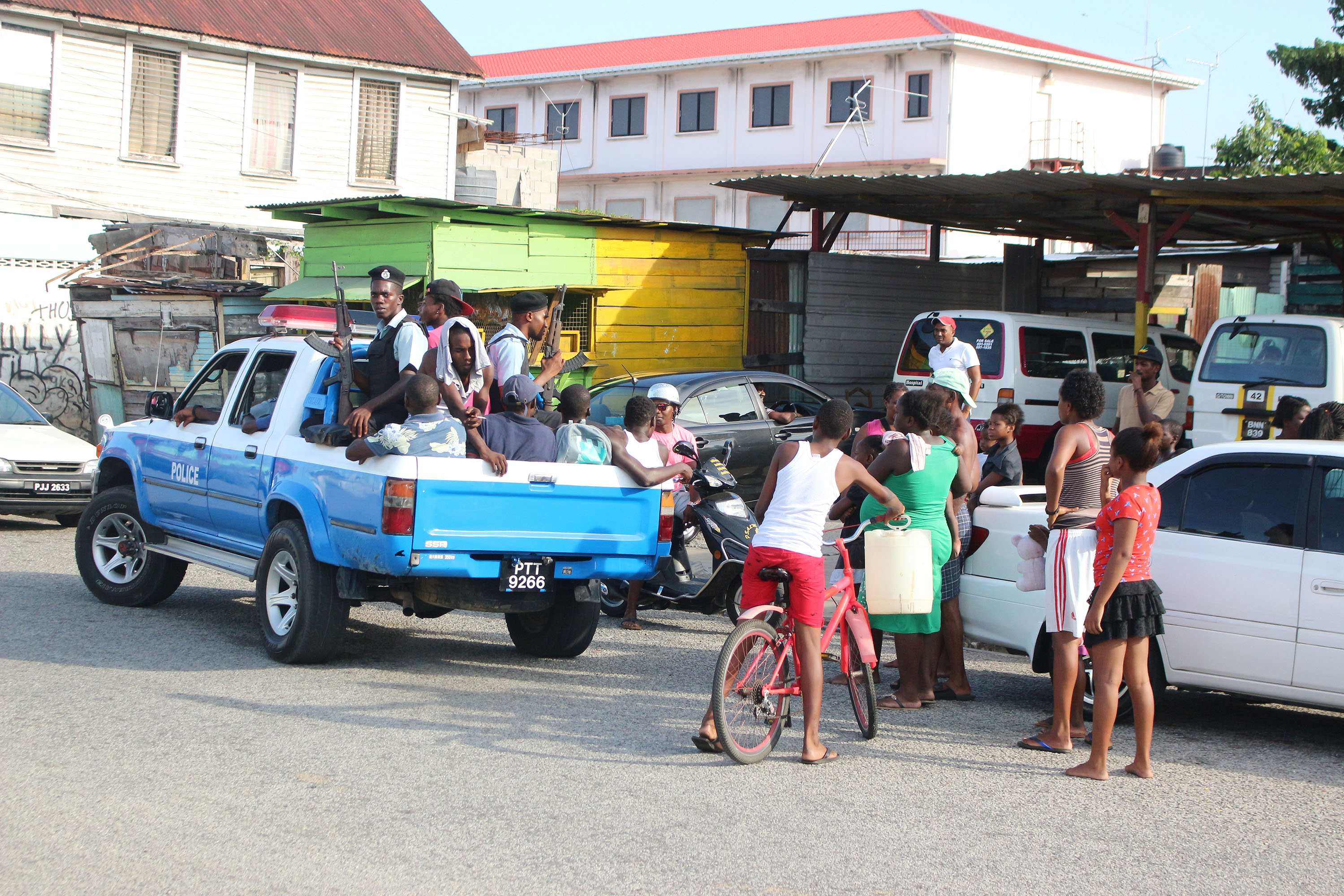It’s Saturday afternoon and children, freed from the responsibility of having to prepare for school the next day, spend the time playing on the street. Three little boys, aged eight or nine, race each other as they roll truck tyres down Saffon Street all the way to the corner of Broad Street, then back again. One block away on Lombard Street, a haphazard collection of shacks face the Guyana National Industrial Company (GNIC) wharf. In a gap between two rows of shacks, young children bathe at a standpipe their bodies perched over a clogged drain. It is this collection of homes, this Lombard street community, that a team from the Inter-American Commission on Human Rights (IACHR) described as

